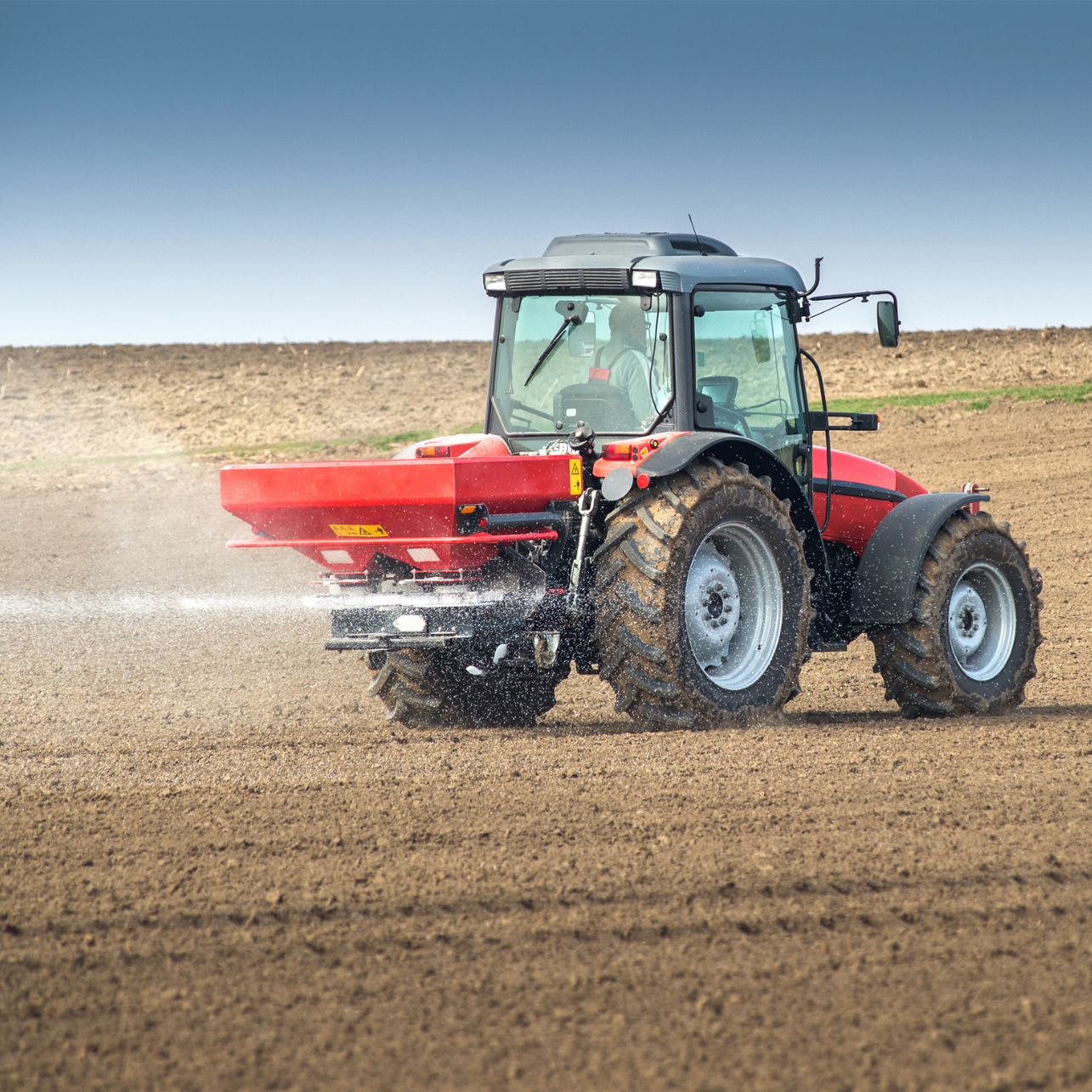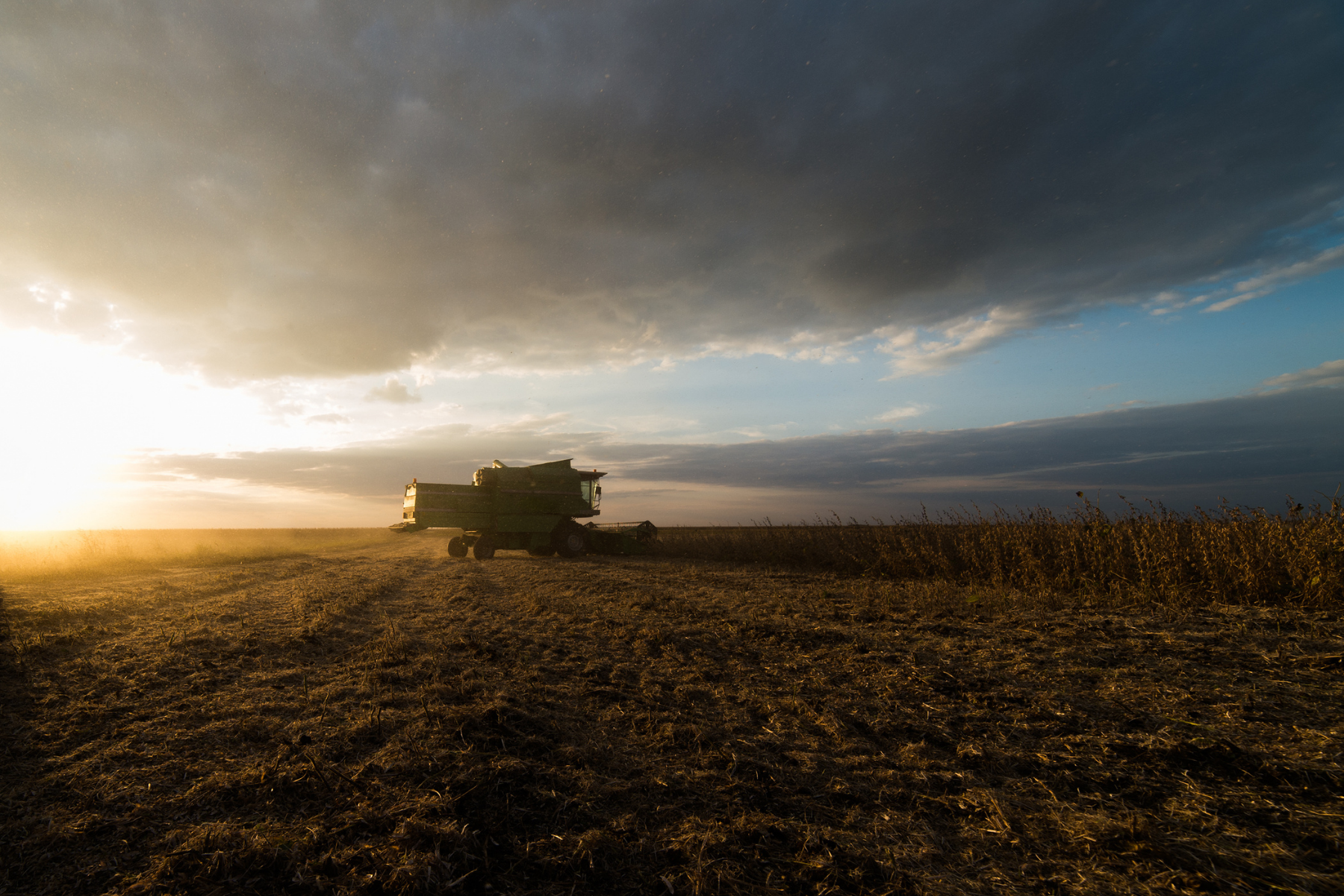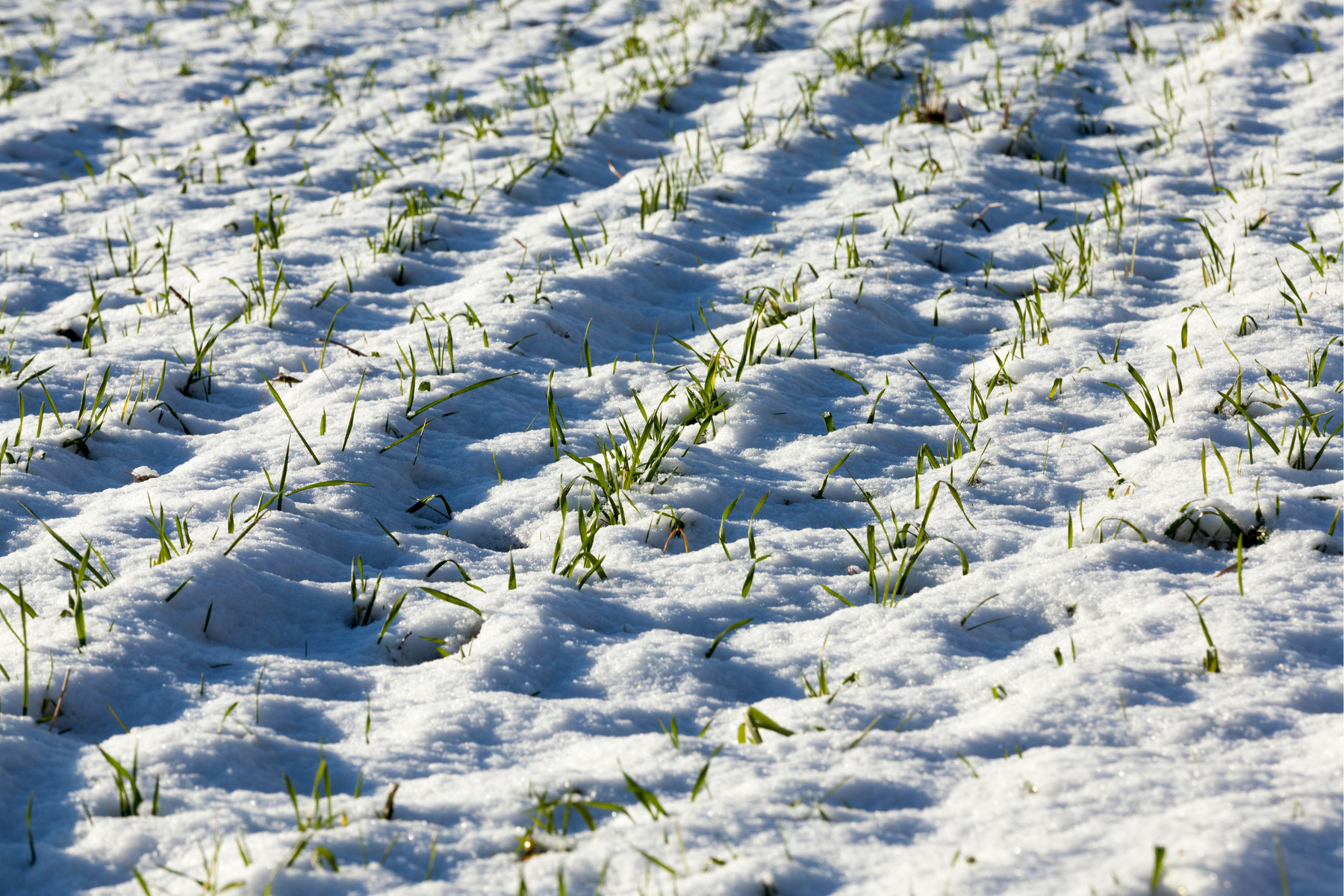In the ever-evolving world of agriculture, the methods and technologies surrounding fertilizer application have transformed significantly. Yet, one fundamental principle behind fall fertilization remains constant: it offers a host of advantages for growers, helping to streamline their workload and ease the stress that often accompanies spring planting. Our team of agronomists at Sylvite Agri-Services are here to guide you through the importance of fall fertilization and how integrating cover crops can elevate your farming practices.
The Importance of Fall Fertilization
- Workload Distribution: One of the primary reasons to embrace fall fertilization is the even distribution of your workload throughout the year. By applying fertilizers in the fall, you create breathing room in your tank for seeds and other products during spring planting. This strategic approach enables you to extend the time between refills and accelerate your planting process, reducing the springtime rush.
- Eliminating Springtime Worries: Fall fertilization offers peace of mind. Once you’ve applied the product to your field, you no longer need to worry about industry shortages or unexpected plant failures that could disrupt your spring planting. This proactive approach ensures a smoother and more reliable planting season.
- Cost Savings: Fertilizer prices often tend to be more favorable in the fall compared to spring. By capitalizing on lower costs, you can make the most of your budget while fortifying your soil for the upcoming growing season.
Key Considerations for Growers
While fall fertilization holds numerous benefits, there are key considerations that growers should keep in mind when adopting this practice.
- Soil Conditions: Assess your soil’s condition carefully before applying fall fertilizer. Soggy or waterlogged soils are not conducive to this practice. Wait until the soil is adequately dry to avoid nutrient runoff. You also need to wait until soil has sufficiently cooled before applying any kind of fertilizer in the fall.
- Nitrogen Management: Avoid fall nitrogen applications other than co-applied with P sources or to meet fall planting N requirements. Nitrogen is highly mobile and prone to leaching in wet conditions and is typically gone by spring time if it is not used.
- Crop Selection: Not all crops benefit equally from fall fertilization. While it works well for some, like winter wheat, it may not be suitable for others. Choose crops that align with the timing of your fall fertilization plans. Fields with actively grown cover crops are also suitable for fall fertilization
- Product Selection: While there are many options to consider with fall fertilization, it’s important to remember to choose the right product at the right time to make sure you realize the most benefit. The best place to start is by speaking to your Agronomist for advice on choosing the right product for the job.
The Synergy of Fall Fertilization and Cover Crops
To enhance the benefits of fall fertilization, consider integrating cover crops into your rotation. Cover crops protect the soil, reduce erosion, and improve soil structure. They also capture residual nutrients, preventing leaching and runoff. Here’s how this synergy works:
- Nutrient Capture: Cover crops efficiently capture residual nutrients from the fall application, preventing leaching. This nutrient retention enhances soil health and provides a nutrient reservoir for subsequent crops.
- Erosion Control: Cover crops protect the soil from erosion during the winter months when fields are exposed to rain and snow. This safeguards your investment in fall fertilization.
- Weed Suppression: Many cover crops suppress weed growth, reducing competition for nutrients and sunlight. This helps maintain the health and vigor of your primary crops.
- Soil Improvement: Cover crops enhance soil structure and microbial activity. They foster a healthier environment for your main crops, promoting stronger root development and nutrient uptake.
- Extended Growing Season: Some cover crops can be terminated in the spring, providing a green manure effect that further enriches the soil for your primary crops.
Fall fertilization and cover crops are a powerful combination for growers seeking to optimize their operations. By distributing the workload, improving efficiency, and safeguarding against interruptions, fall fertilization is a strategic move in any agricultural playbook.
However, growers should be mindful of soil conditions, nitrogen management, crop selection, and the potential for cover crop integration to make the most of this practice. When used thoughtfully and in conjunction with cover crops, fall fertilization becomes a cornerstone of sustainable and successful farming.




